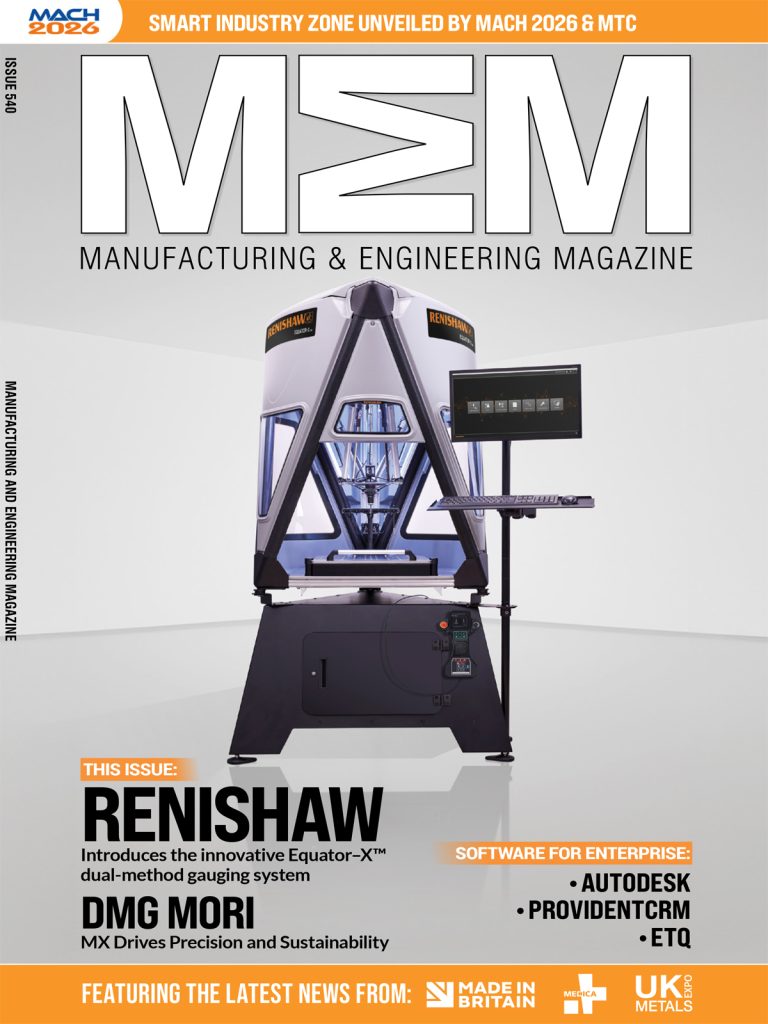The Role of Non-Technical Skills (NTS) and Safety Culture
For over 30 years, the Occupational Psychology Centre (OPC) has worked with rail and transport companies to help enhance safety and performance. With expertise in human factors, OPC psychologists have a deep understanding of why safety-critical workers make errors and experience incidents. Their insights and support help organisations to strengthen safety culture and enhance employee’s Non-Technical Skills (NTS).
Why Engineer Safety Matters
Recent data from the Office for Rail and Road (ORR) shows a rise in workforce injuries across rail networks since 2021, with severe incidents increasing by 24%. Similarly, the Health and Safety Executive (HSE) highlights ongoing risks in construction, agriculture, and manufacturing. While fatalities remain rare, these figures reinforce the need for proactive safety measures.
Dr Stephen Fletcher, Occupational Psychologist and Director at the OPC, stressed “The rise in severe incidents and near-misses highlights the need for stronger preventative measures. Improving safety culture and implementing Non-Technical Skills (NTS), combined with robust engineering controls, can help reduce incidents and better support high-risk workers.”
Key NTS for Engineer Safety
OPC psychologists have identified several critical Non-Technical Skills that compliment technical expertise, enabling engineers to manage high-pressure situations and reducing the likelihood of incidents:
- Risk Anticipation and Time Focus: Proactively identifying hazards and prioritising tasks to avoid errors, especially when under time pressure.
- Vigilance and Concentration: Staying alert and monitoring for situational changes.
- Conscientiousness and Checking: A meticulous approach and verification towards task that can prevent errors.
- Rule Adherence & Procedure Following: Understanding and complying with safety protocols to help reduce incidents.
Assessment Tools for Enhancing Safety
OPC Assessment offers a range of leading assessment tools designed to help identify and evaluate NTS in safety-critical roles. These tools provide valuable insights into an individual’s strengths and areas for development, helping organisations to implement targeted training and support. Some of the key assessment tools include:
- The Safe Concentration and Attention Test (SCAAT): A world-leading test to assess concentration and vigilance in high-risk environments.
- The Risk and Time Focus Questionnaire (RTQ): A personality tool that evaluates how individuals anticipate risks and manage time in high-pressure environments.
- The Rules Acquisition Aptitude Test (RAAT): Measures an individual’s ability to learn and adhere to safety protocols.
- The Safe Personality Questionnaire (SAFEPQ): Evaluates four key personality traits linked to safe working behaviours.
Learning from Past Incidents
Through over six-hundred Post-Incident Assessments (PIAs), OPC psychologists have uncovered recurring NTS shortfalls, such as lapses in concentration or insufficient checking, which can contribute to incidents.
Dr Fletcher, said, “We often find recurring NTS shortfalls across employees and incidents meaning a single NTS deficiency can contribute to multiple incident types. Post-Incident Assessments provide valuable insights into these gaps, allowing for targeted development plans to help improve safety performance and prevent future incidents.”
Case Study: A Close Call on the Tracks
A near-miss incident involving two track engineers and a signaller illustrated the impact of NTS in a real-world scenario. A miscommunication led to engineers working on live tracks, but thanks to the lead engineer’s strong risk anticipation, a potential tragedy was averted. This particular case underscored the importance of vigilance, checking, and adherence to safety protocols.
Building a Safer Future
Dr Fletcher emphasised the need for a proactive safety culture that prioritises employee wellbeing over productivity. Empowering workers to challenge unsafe practices and developing strong safety leadership can significantly reduce risks and improve overall safety standards.
To discover more about how NTS, assessment tools, and safety culture improvements can enhance engineer safety, read the full article here.
T: +44 (0)1923 234646
Manufacturing & Engineering Magazine | The Home of Manufacturing Industry News















